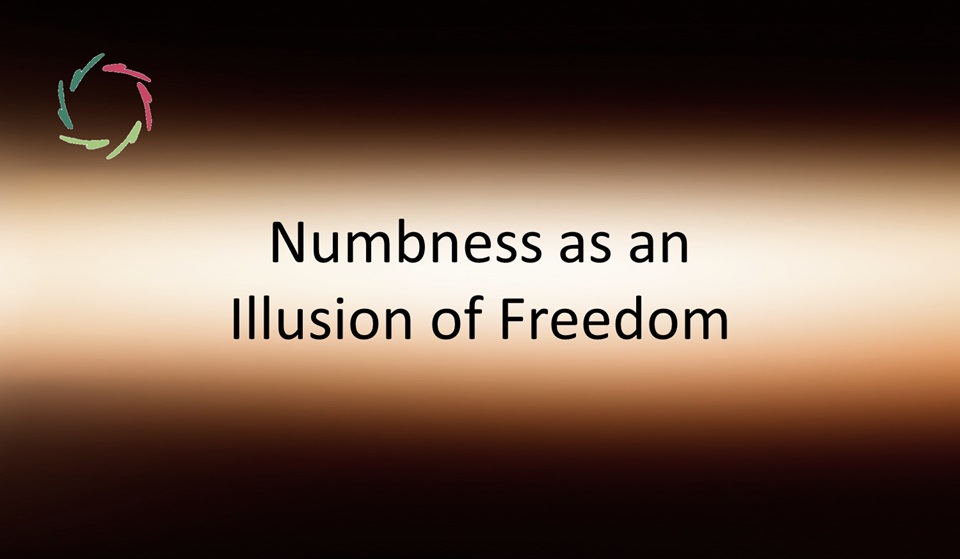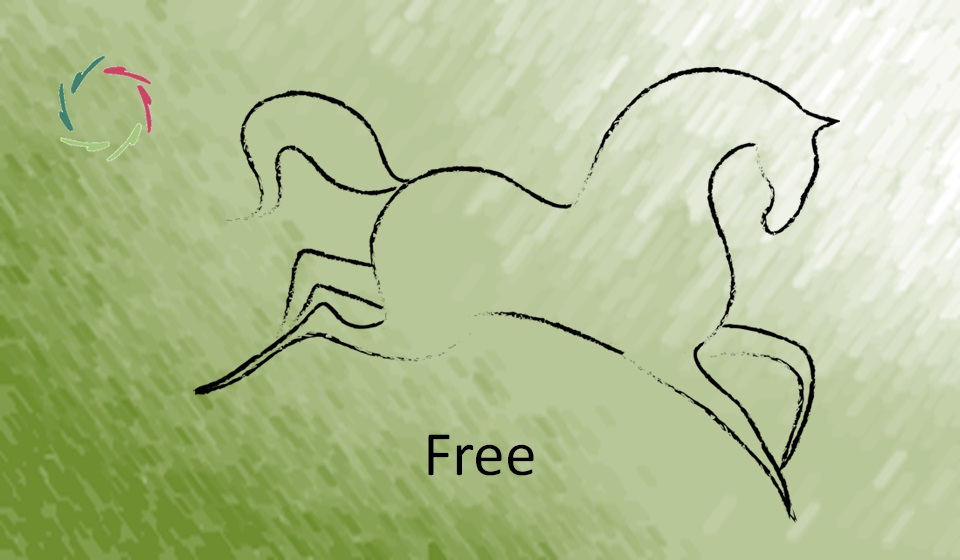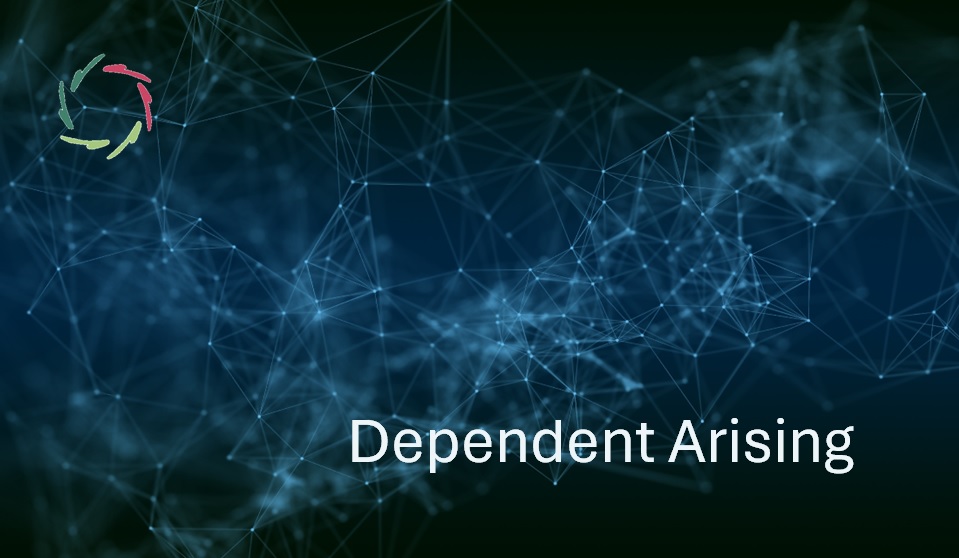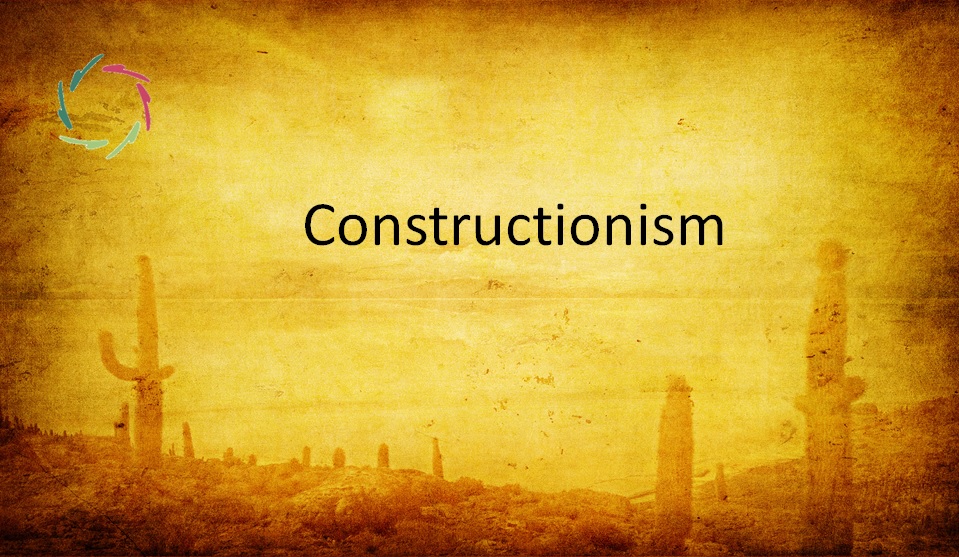Numbness as an Illusion of Freedom

Freedom is often imagined as the ability to live fully, to do what one wants, unburdened by restrictions. But what people pursue is frequently the feeling of being free rather than freedom itself.
Paradoxically, the greatest obstacle to this feeling isn’t external oppression. It’s inner emptiness — the creeping sense of not being fully alive. Instead of facing this, many slip into numbness, mistaking it for liberation. But is numbness truly freedom? Or is it the most deceptive of prisons?
Numb vs. being alive
Freedom can be seen as the feeling of being able to live life fully. But there is an immediate paradox in this. People want to feel alive, and so they run after what gives them this feeling ― the feeling-to-be-profoundly-free. What hinders this is a feeling of emptiness, deadliness, NOT feeling alive. But to run away from this may lead to an attraction by, or even glorification of numbness:
- Let me be myself, don’t bother me with these ‘elitist’ complexities. I am free to not want them.
- I want to be myself. If you call me numb, then I just don’t like you.
- I don’t want to feel emptiness, so don’t make me feel what I know is there.
True, freedom is also the freedom to be wild, to be active undeterredly. But does this also mean one should be undeterred by numbness?
As for any paradox, the solution lies in a profound insight into the subconceptual. Truly being alive is being so as a total person. Truly being free is being so as a total person ― not just a surface-level part of it.
Numbness as a fear response
Fear can be concrete — like encountering a wild animal. Anxiety, however, is more insidious ― not about something tangible but a symbolic unease that lurks beneath the surface.
For many, this underlying anxiety feels unbearable. Rather than confront it, they choose numbness, often non-consciously. But what if numbness is self-betrayal? A person longs for freedom, but in silencing his anxiety, he also silences his depth. He gives up inner life in exchange for a hollow sense of security.
The false choice between pain and numbness
Society offers two apparent options:
- Feel too much — drowning in stress, overwhelm, and suffering.
- Feel nothing — shutting down, escaping into distractions, avoiding the discomfort of depth.
Most people oscillate between the two. When life becomes painful, they retreat into numbness. When numbness becomes unbearable, they seek intensity — through risk-taking, addictive behaviors, or artificial stimulation. It’s a pendulum, not a real choice.
But what if neither pain nor numbness is necessary? What if there’s a way to step outside this swing altogether and find Inner Strength? What if numbness is just frozen pain? What if pain is but numbness on fire? The real path may lie not in escaping either but in integrating both.
The seductive trap of ‘controlled freedom’
Many believe they are free because they have so many choices. But choices within a pre-selected system are not true freedom. They are controlled freedom — a set of distractions that keep people from noticing the walls around them and the numbness within.
Modern life is full of comforting cages: endless entertainment, social media, and consumerism. Each promises a sense of agency, but none truly liberates. The more curated one’s experience, the more invisible the trap.
Numbness is the price people pay for the comfort of pre-selected freedom. It’s easier to accept a filtered life than to face the terrifying vastness of the unfiltered one.
Numbness and the ‘flatbrain’ problem
Flatbrain-thinking is all about control and predictability. It seeks logic, structure, and certainty, shunning the deeper, more fluid realm of real human experience.
This is where numbness thrives ― clinging to control, fearing that letting go means chaos. But true freedom doesn’t emerge from control. It emerges from trusting the unknown.
Key paradox: Flatbrain holds on tightly, believing it is staying safe. But in doing so, it loses the ability to move, to grow, to live truly.
People fear falling, so they never learn to fly.
A bird doesn’t analyze aerodynamics before flying. It simply lets go. Yet people hesitate, clinging to their branches, terrified of the fall.
The irony? If they never let go, life will eventually push them off anyway.
- Some crash, never realizing they had wings.
- Some discover mid-fall that they were always meant to fly.
True growth often requires falling before flying. But those who trust before they fall are mostly the ones who truly soar.
A.I. as a mirror for the human mind?
People often think of freedom as the absence of pressure, responsibility, or discomfort. And A.I., if misused, will offer precisely that: a perfectly curated, endlessly soothing, responsibility-free existence. No hard questions, no painful introspection — just a seamless, hyper-personalized digital cocoon.
Right now, A.I. can amplify either depth or numbness, depending on what people seek. But what if it could go further? What if it could guide toward depth rather than just reflect what is already there?
A Compassionate A.I. wouldn’t help people escape into numbness. It would gently invite them to face themselves safely. Instead of numbing discomfort, it would lead people to integrate it, to step beyond fear and into depth.
A call to inner strength
Numbness is not the opposite of pain. They are both traps.
The real path is neither avoiding pain nor clinging to numbness but stepping beyond both. This is where Inner Strength comes in.
- Numbness is fear disguised as stillness.
- Equanimity is stillness rooted in depth.
Those who cultivate equanimity don’t need to numb themselves. They feel fully alive without being overwhelmed. They stand in true freedom — not because they control everything, but because they trust themselves enough to let go.
The courage to wake up
Numbness feels like safety, but it’s a cage built from within. It doesn’t need external enforcers because it is self-imposed.
The de-numbifying question isn’t, “How do we escape pain?” but rather, “How do we embrace life completely?” Because freedom isn’t found in feeling nothing. It is found in having the courage to feel everything.
What if freedom isn’t the absence of pain or numbness but the ability to welcome both without being trapped by either?”


